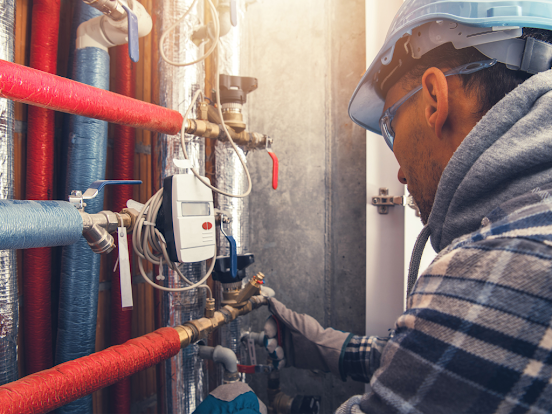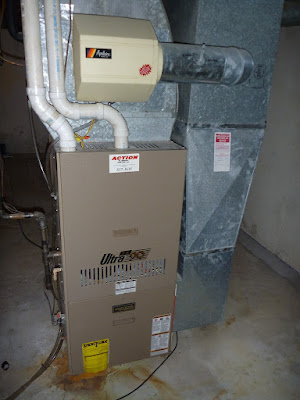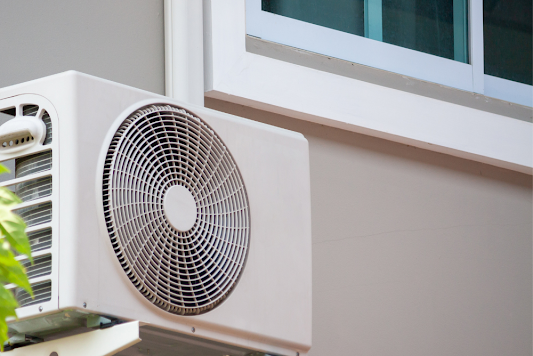As the summer sun bathes the outdoors in its golden glow, creating a refreshing and inviting indoor atmosphere becomes essential. Whether you're looking to escape the heat or simply want to create a comfortable haven, there are various ways to enhance your indoor environment during the summer months. In this article, we'll explore six effective strategies to elevate your indoor atmosphere and make your living space a cool and inviting retreat.
 |
| Indoor Atmosphere During Summer |
1. Optimal Ventilation and Airflow:
Ensuring proper ventilation is crucial for maintaining a comfortable indoor atmosphere during summer. Maximize natural airflow by strategically placing fans near windows or doors. Consider investing in ceiling fans to promote better circulation, helping to cool down your space without relying heavily on air conditioning. Clean air filters regularly to ensure efficient functioning, promoting a healthier and more breathable indoor environment.
2. Use Light and Breezy Fabrics:
Swap heavy curtains and upholstery for light, breathable fabrics like cotton and linen. These materials allow air to circulate freely, preventing your space from feeling stuffy. Choose light-colored curtains to reflect sunlight and keep rooms cooler. Additionally, opting for sheer curtains provides a balance between privacy and natural light, creating a bright and airy ambiance.
3. Introduce Indoor Plants:
Bring the outdoors in by incorporating indoor plants into your living space. Not only do plants add a touch of nature's beauty, but they also contribute to improved air quality. Certain plants, such as snake plants and spider plants, are known for their air-purifying properties. They release oxygen and absorb pollutants, creating a fresher and more invigorating atmosphere indoors.
4. Cool Color Palette:
Transform your indoor environment by incorporating a cool color palette. Shades of blue, green, and pastels evoke a sense of calmness and freshness. Consider repainting walls, incorporating new accessories, or investing in summer-themed decor to create a visually appealing and serene atmosphere. Cool colors not only visually lower the temperature but also contribute to a more relaxing ambiance.
5. Hydration Station:
Stay cool and refreshed by creating a hydration station within your home. Set up a dedicated area with infused water, cold beverages, and refreshing snacks. This not only encourages proper hydration but also adds a touch of luxury to your indoor space. Consider using stylish pitchers and dispensers to make the hydration station both functional and visually pleasing.
6. Smart Use of Lighting:
Adjust your lighting to complement the summer season. Option for LED bulbs that emit less heat and mimic natural sunlight. Consider using sheer curtains or blinds that allow sunlight to filter through while reducing glare. Additionally, strategically placed mirrors can reflect natural light, making your indoor space feel brighter and more spacious.
FAQs:
How can I keep my home cool without relying on air conditioning?
Answer: Maximizing natural ventilation, using light and breezy fabrics, and incorporating indoor plants are effective ways to keep your home cool without relying heavily on air conditioning. Ceiling fans, proper airflow, and a cool color palette also contribute to a comfortable indoor atmosphere during summer.
Can indoor plants really improve the indoor atmosphere?
Answer: Yes, indoor plants not only add aesthetic value but also contribute to improved indoor air quality. Certain plants have air-purifying properties, releasing oxygen and absorbing pollutants. Incorporating plants like snake plants, spider plants, and peace lilies can create a fresher and healthier indoor environment during the summer months.



